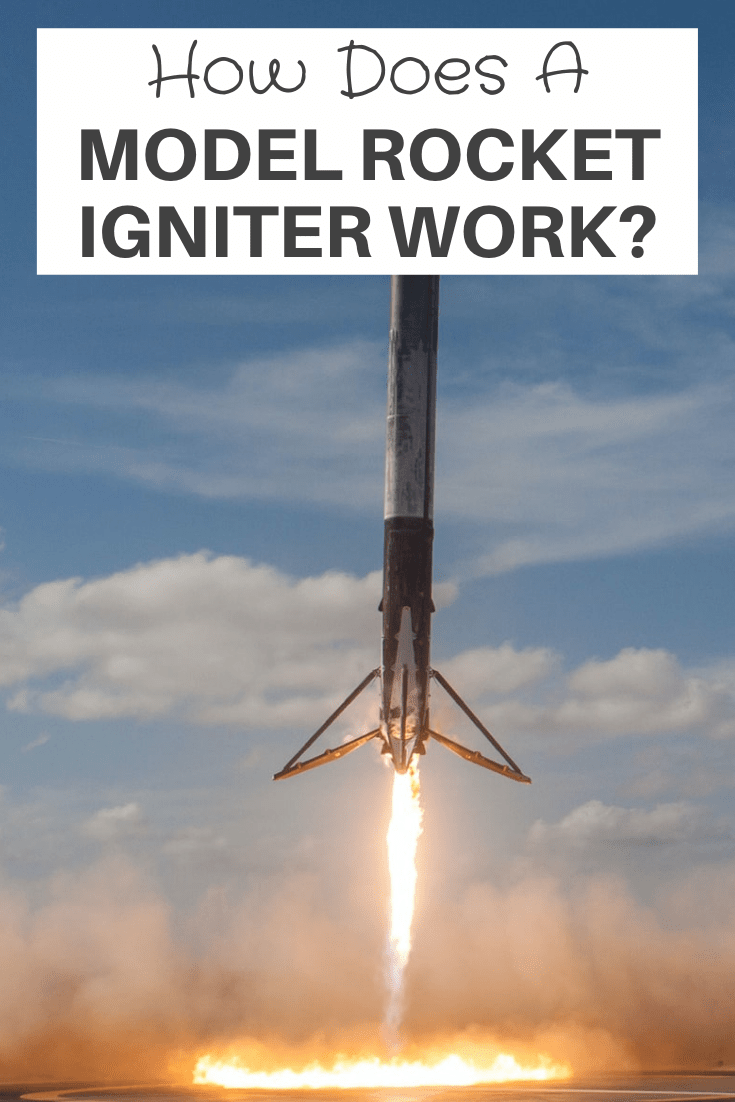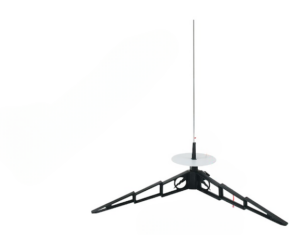
There are a number of key parts of model rocketry that rocketeers need to understand and the reasons why those parts are designed a certain way. This includes the model rocket igniters that play an important role in igniting the engine. How does a model rocket igniter work?
Simply the model rocket igniters are wires that get very hot when electricity passes through the wires. Just like the filament of an incandescent light bulb. The hot wire ignites the rocket engine.
In this post, we will go through how does a model rocket igniter works. Let’s get started!
What Is The Purpose Of The Model Rocket Igniter?
Just like your car, a model rocket needs a way to get its engine started and the igniter does exactly that. It is a simple device that allows you to launch your model rocket via remote control.
A good model rocket igniter is one that is small enough to fit inside the rocket engine but powerful enough to make sure that there is a reliable start and no damage is caused to the rest of the engine after the ignition.

How Does A Model Rocket Igniter Work?
A model rocket igniter basically provides the necessary heat source to get the rocket engine started. These simple yet powerful wires use an electrical input stimulus to ignite the electro-explosive device in the model rocket, which in turn ignites the propellant grain.
The propellant grain is made to provide a controlled ignition or burn so that the necessary heat is emitted and hot particles have enough time to reliably ignite the model rocket motor.

A few seconds before the countdown reaches zero, an electrical current is passed through a resister to trigger the ignition. This resistor is coated with chemicals that are commonly found on a typical match.
So, it can ignite the black powder that, as a result, burns the steel wool. If the model rocket is using a hybrid engine, then a liquid oxidizer or other similar element is added from the main tank to the mix through a bypass ignition valve.
This accelerates and prolongs the small fire that the black powder has created. The main valve opens when the countdown reaches zero and the engine ignition completes.
Generally, small model rockets use a battery-powered launch controller. This controller is connected to the metal igniter and put inside the rocket engine, fastened with a plug. When the igniter ignites the engine, the plug is forced out and the rocket is launched.
Estes model rockets are arguably the most popular. These model rockets use a special type of igniter that features two thick wires and then a very thin wire at the top, known as bridge wire.
The bridge wire is quite fragile, so make sure to avoid putting the igniter in your rocket motor until right before it is ready to launch. The bridge wire supplies heat to get the model rocket engine started.

As stated before, a good model rocket igniter is the one that fits inside the rocket engine. The key to successful igniter placement is to make sure that it is inserted all the way to the bottom of the rocket’s nozzle.
This is because if the tip of the igniter fails to touch the propellant grain, the igniter will “burn”, but the propellant grain won’t get enough heat to start the combustion. As a result, the model rocket engine won’t start. So, make sure to insert the igniter all the way to the nozzle.
The process of igniting and launching a model rocket is easy, and there are a wide variety of beginner model rocket kits to help you get started.
Final Thoughts
Finally, the model rocket igniters are simply wires, These wires heat up when electricity passes through the wires. Just like the filament of an incandescent light bulb. The hot wire ignites the rocket engine. So the rocket can fly.
Are you on Pinterest? Pin these!







